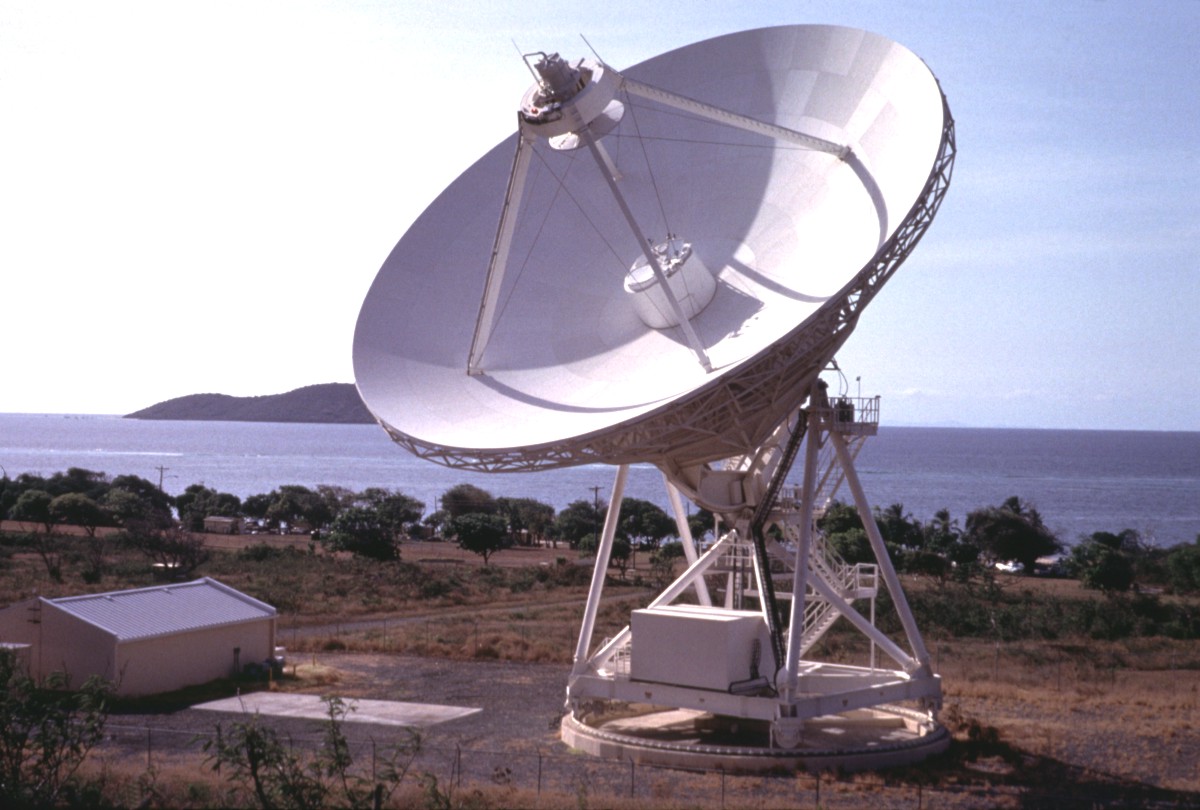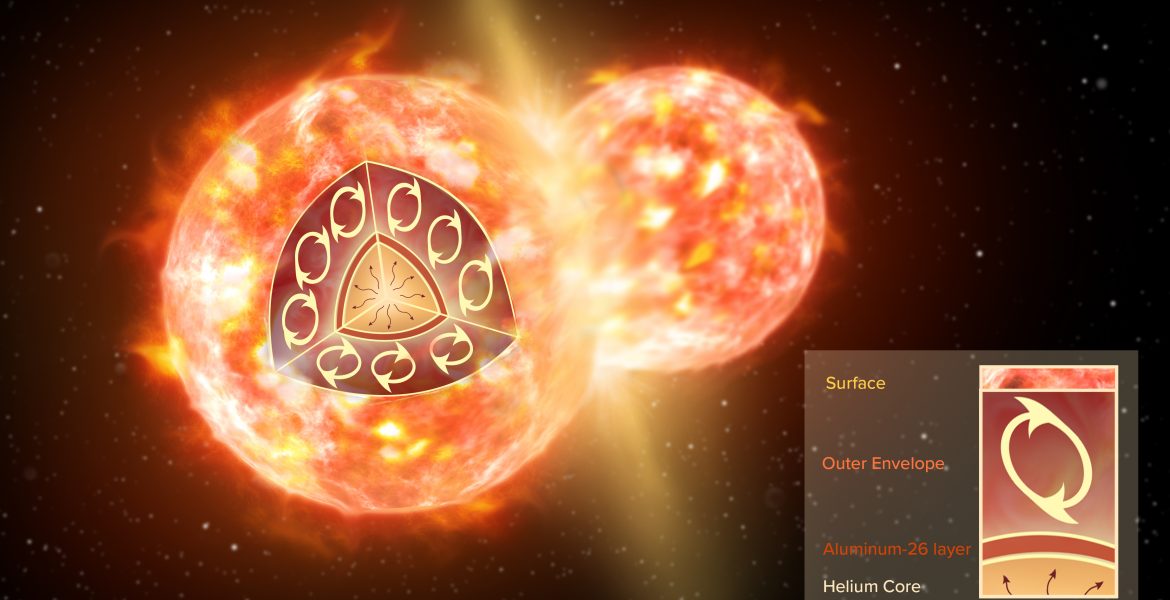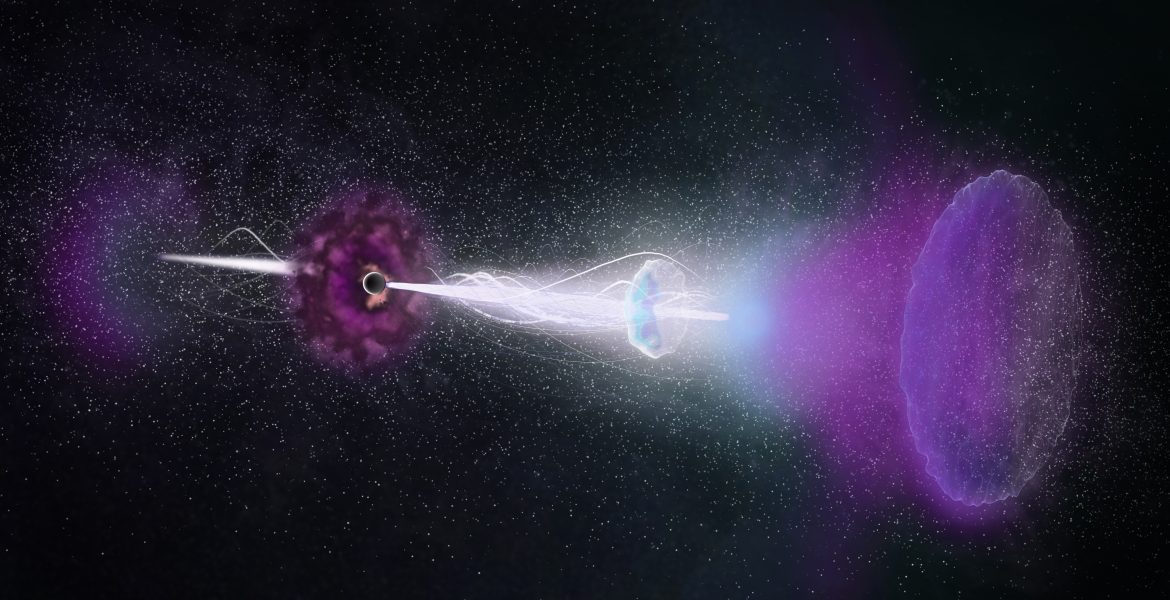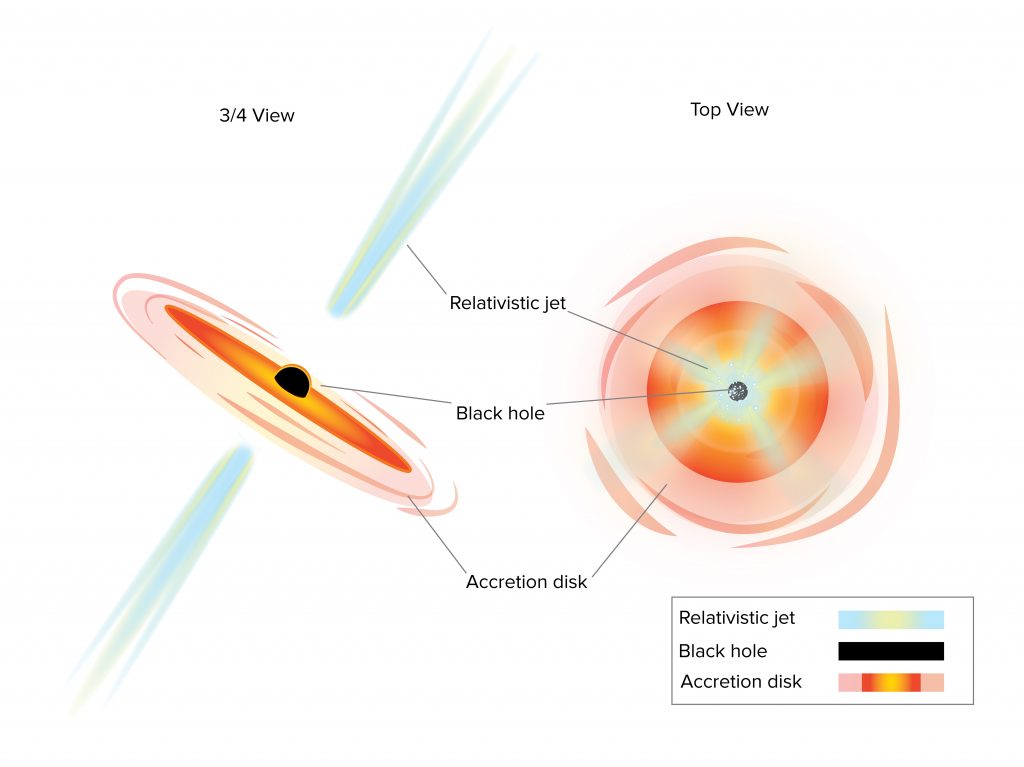Damage caused by Hurricane Maria in 2017 The National Science Foundation (NSF) has provided $2 million to repair damage to the Very Long Baseline Array (VLBA) station on St. Croix in the U.S. Virgin Islands caused by Hurricane Maria in September of 2017. The funding is part of a bill passed by Congress and signed by the President on Feb. 9. The...




